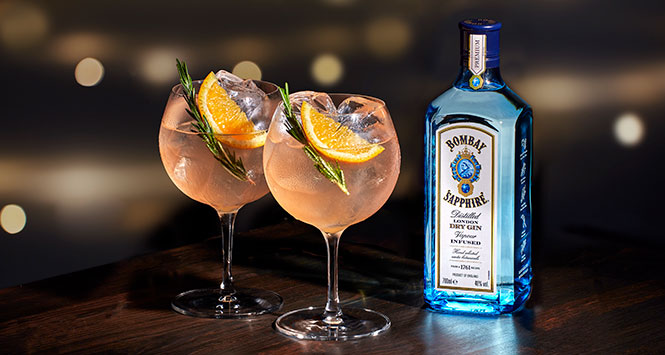Sales of spirits in convenience have fallen 2% according to First Drinks Market Report 2013, but the report also notes many successes and highlights the barriers to purchase that need broken down if retailers are to return to growth. by Kevin Scott
Over recent years more companies are investing in glossy reports detailing their specific area of the FMCG industry, and one of the more interesting efforts comes from spirits distributor First Drinks, which every year publishes an attractive Market Report. As with many of these reports the figures look at the entire UK market with no regional breakdown for Scotland, however the numbers do make for very interesting reading. And this year the topline figure is that sales in the off-trade are up 4%. As we know though, the off-trade is a big old market. Which in turn, leads to some less than encouraging news – namely that in the convenience market (which accounts for only 20% of spirits sales) sales were down 2%. For local retailers, this leaves one key finding – sales are growing but not in their channel.
That means that at least there’s potential out there, and the 5% growth in multiples could be yours. The report highlights five growth drivers that could kickstart a spirits revival in convenience. They are: Q Fractionals: One in four convenience spirits sales are 35cl and fractionals are driving growth. 72% of 35ml shoppers buy only that size Q Season events: major events such as the upcoming Christmas and New Year season offer significant opportunities.
New Year offers an average 18% uplift Q Versatility: Cocktails are growing spirits by 10% and their popularity is driving mixable spirits growth in categories like non-cream liqueurs and flavoured/spiced rum Q Gifting: 19% of spirits are given as gifts, with birthdays unsurprisingly coming out on top there. Malt whisky, blended whisky and vodka top the gifting charts Q Premium growth: Premium categories are also driving growth, and are 3% in convenience. Looking back to fractionals; offering 35cl variants of premium brands can help drive purchases. In convenience, like elsewhere, vodka and blended whisky dominate – pulling in 68% of all value between them.
For retailers then, there is a clear requirement to focus on these two categories – this despite whisky being in a slight decline (-4%). Below this pair of chart toppers there are many smaller categories vying for space – the biggest of which are gin (5%), French brandy (5%) and American whiskey (4%). Of these, only American whiskey is in growth (+4%). Other big growers include Irish whiskey (+12%), non-French brandy (+11%) and Advocaat, whose market share is so small that any slight (but commendable) growth certainly won’t have much bearing on your fixture.
Of more interest is the fact that malt whisky is down 23% in value terms, which speaks volumes of the perception of value in c-stores – which despite being able to offer good promotions on malt, suffer due to supermarket deals. In fact, value perception is noted in the report as the number one purchase influencer in convenience, followed by ‘price ceiling’ whereby convenience customers have a maximum budget which is smaller than supermarket shoppers’. Range and ease of shop are also named as barriers. The good news is that if a retailer can overcome these barriers then there is hope. Just 1.2% of convenience shoppers buy spirits. If that increased to just 2% then £480m would be added to the category.








